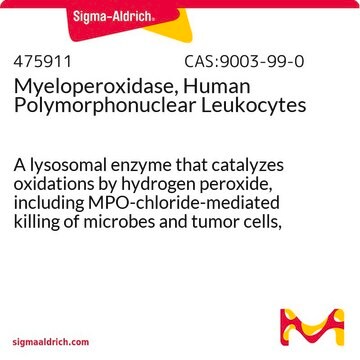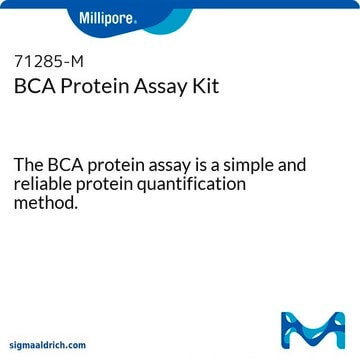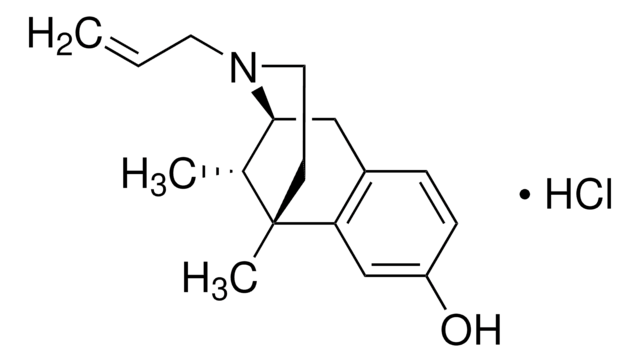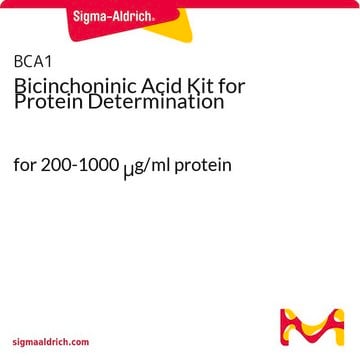The method of preparation is considered proprietary. However, as mentioned in this properties section of the Product Detail Page, this is Azurin from Pseudomonas aeruginosa. See the links below to review a sample Certificate of Analysis and the product data sheet, respectively:
https://www.sigmaaldrich.com/certificates/sapfs/PROD/sap/certificate_pdfs/COFA/Q14/A3672-1MG0000211689.pdf
https://www.sigmaaldrich.com/deepweb/assets/sigmaaldrich/product/documents/306/100/a3672dat.pdf
A3672
Azurin
from Pseudomonas aeruginosa, lyophilized powder
Sélectionner une taille de conditionnement
Sélectionner une taille de conditionnement
About This Item
Produits recommandés
Source biologique
Pseudomonas aeruginosa
Niveau de qualité
Forme
lyophilized powder
Composition
Protein, ≥65% Lowry
Concentration
≥65.0% (Lowry)
Technique(s)
toxicology assay: suitable
Solubilité
water: soluble 1—1.1 mg/mL, clear, blue (light blue to blue)
Numéro d'accès UniProt
Température de stockage
−20°C
Informations sur le gène
Pseudomonas aeruginosa ... AZU(878046)
Vous recherchez des produits similaires ? Visite Guide de comparaison des produits
Description générale
Application
Actions biochimiques/physiologiques
Forme physique
Code de la classe de stockage
11 - Combustible Solids
Classe de danger pour l'eau (WGK)
WGK 3
Point d'éclair (°F)
Not applicable
Point d'éclair (°C)
Not applicable
Équipement de protection individuelle
Eyeshields, Gloves, type N95 (US)
Faites votre choix parmi les versions les plus récentes :
Certificats d'analyse (COA)
Vous ne trouvez pas la bonne version ?
Si vous avez besoin d'une version particulière, vous pouvez rechercher un certificat spécifique par le numéro de lot.
Déjà en possession de ce produit ?
Retrouvez la documentation relative aux produits que vous avez récemment achetés dans la Bibliothèque de documents.
-
How do i know that this is azurin i mean any confirmatory test or anything else.
1 réponse-
Utile ?
-
Filtres actifs
Notre équipe de scientifiques dispose d'une expérience dans tous les secteurs de la recherche, notamment en sciences de la vie, science des matériaux, synthèse chimique, chromatographie, analyse et dans de nombreux autres domaines..
Contacter notre Service technique








